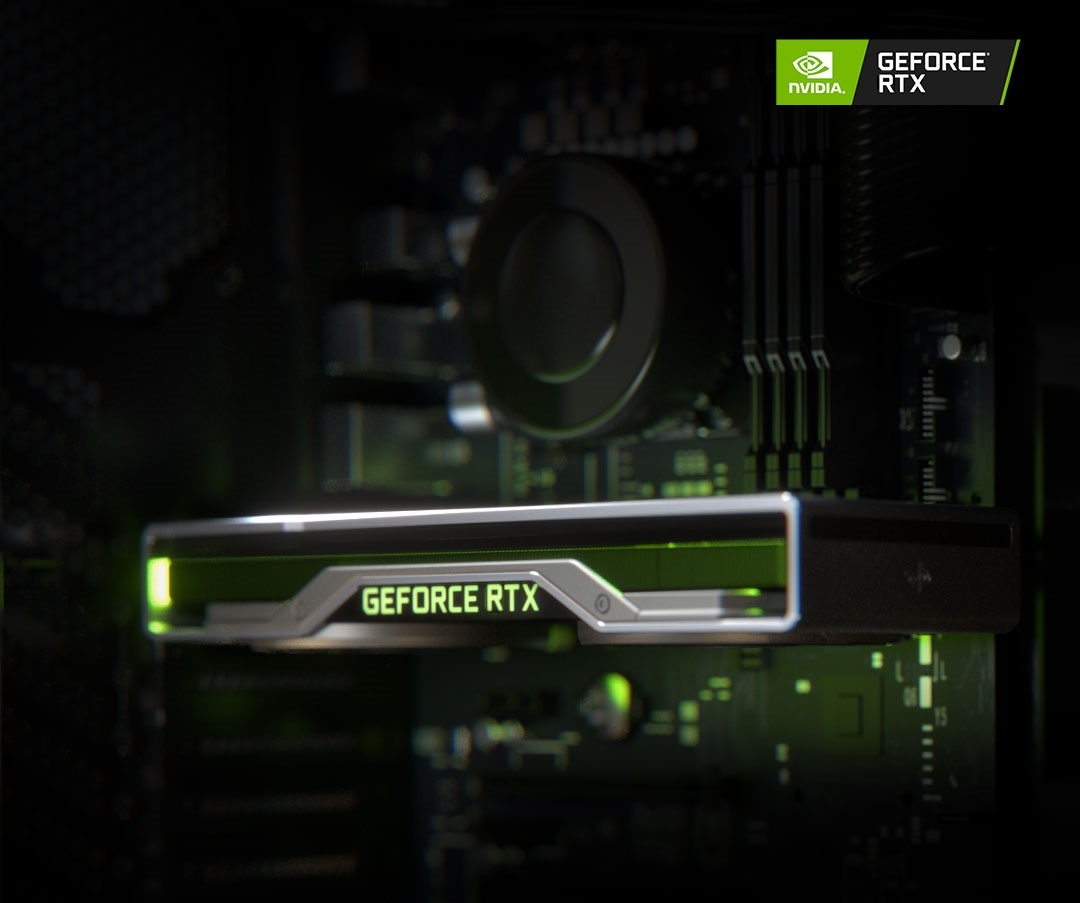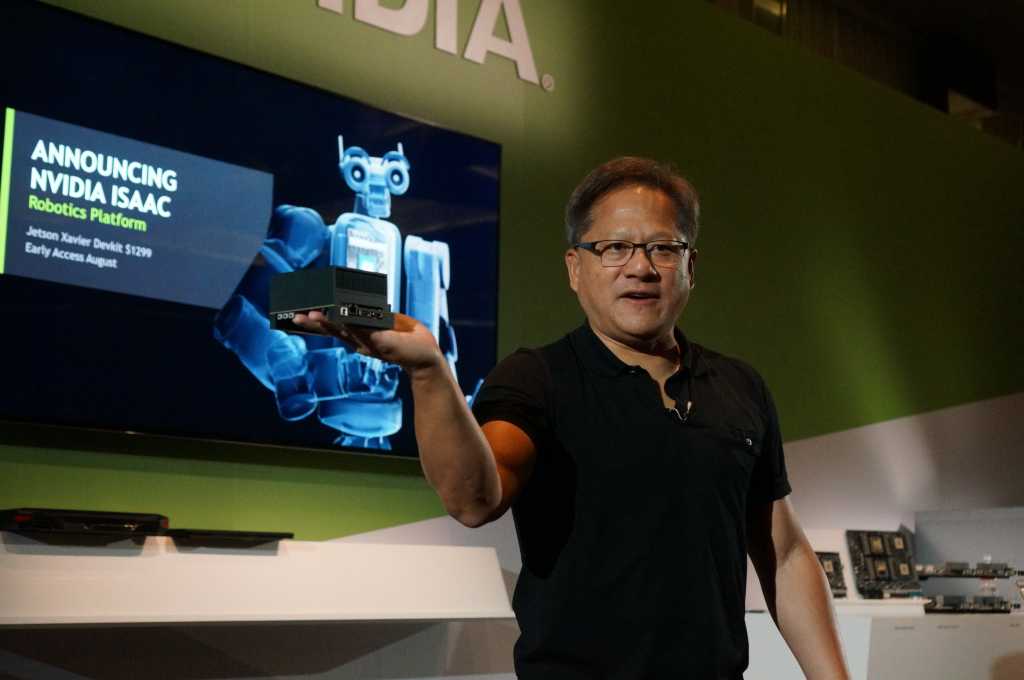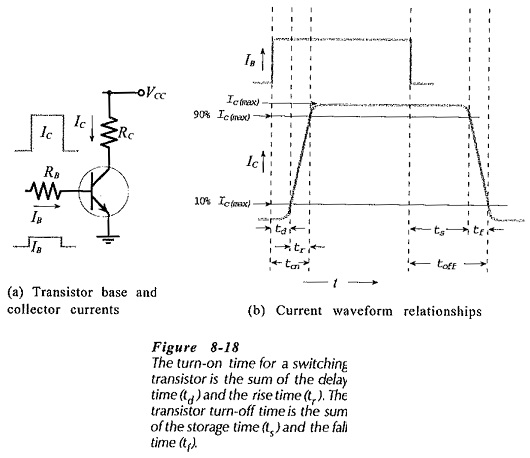- Joined
- May 31, 2016
- Messages
- 4,510 (1.38/day)
- Location
- Currently Norway
| System Name | Bro2 |
|---|---|
| Processor | Ryzen 5800X |
| Motherboard | Gigabyte X570 Aorus Elite |
| Cooling | Corsair h115i pro rgb |
| Memory | 32GB G.Skill Flare X 3200 CL14 @3800Mhz CL16 |
| Video Card(s) | Powercolor 6900 XT Red Devil 1.1v@2400Mhz |
| Storage | M.2 Samsung 970 Evo Plus 500MB/ Samsung 860 Evo 1TB |
| Display(s) | LG 27UD69 UHD / LG 27GN950 |
| Case | Fractal Design G |
| Audio Device(s) | Realtec 5.1 |
| Power Supply | Seasonic 750W GOLD |
| Mouse | Logitech G402 |
| Keyboard | Logitech slim |
| Software | Windows 10 64 bit |
You don't? I'm worried about the price due to the high bandwidth mem and capacity and GDDR6X. With this comparisons 3070 equals/or better than 2080 performance I wouldn't be so sure. Since you mentioned it is the same arch that has just a shrink and basically we know nothing about these new NV graphics so not sure where you get this information from. Node shrink gives efficiency or frequency not IPC btw. If it is the same arch as Turing, the IPC will be exactly the same.Not understanding the angst here.
It's basically the same arch going to a smaller, more efficient, and probably faster process node.
So you get 2080 arch -> 3070, + faster memory, +more power efficient, + a few percent better IPC from the new node
I bet the 3070 is at least 110% the performance of a 2080.
Like I said I'm worried about the price because that one will be higher for sure but the performance may not exactly justify the price bump. Do you get it now?
Look at it this way price/performance ratio.
Last edited:










